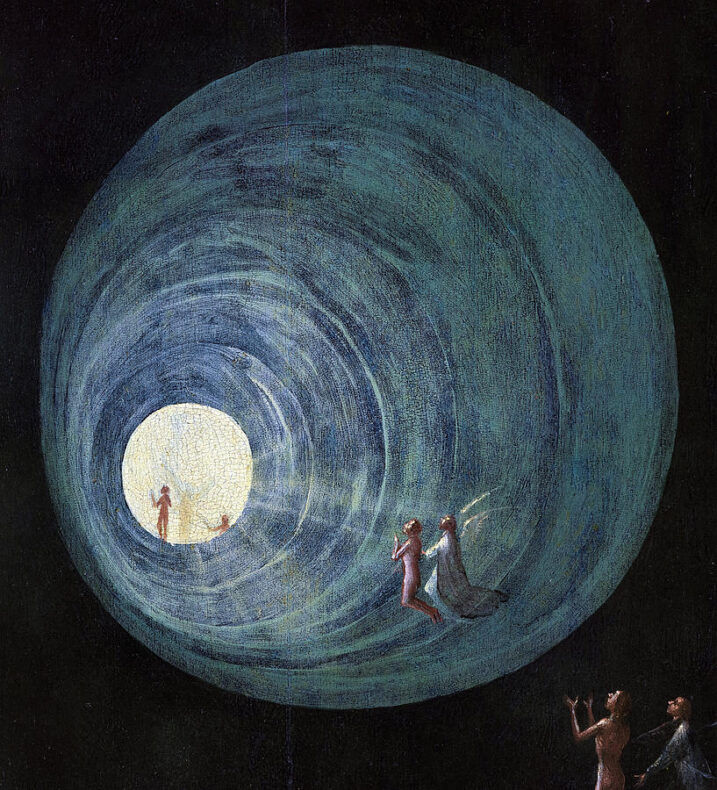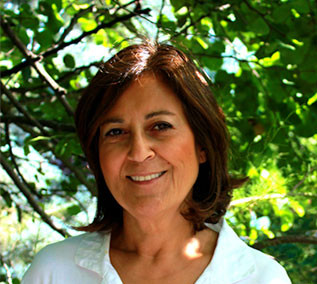
“When you die, you actually know you are dead because your consciousness continues to exist …” says Sam Parnia, director of the first critical care and resuscitation research lab in the world at New York’s NYU Langone Medical Center. Known with his AWARE research, his lab has been studying hundreds of people who had Near-Death Experience (NDE) – who were clinically dead but were brought back to life by resuscitation after a cardiac arrest. The time lapse in-between actual death and coming back to life varied in each case from a few seconds to more than 20 minutes .
The challenging question “ What happens when we die ? ” is tackled by the medical world since Dr. Raymond Moody’s pioneer best-selling book Life After Life was published in 1975.
The “ continuity of consciousness claim ” posed by today’s medical science dates back nearly 3000 years ago. Plato, in his Republic, wrote the story of the Greek warrior Er, who died in a battle but was brought back and told his companions in awe about the afterlife and the ineffable experiences he had after dying. Such mystical or spiritual experiences of death have been recounted for millennia from shamanistic tribes and Indian myths, to Christian Gnosticism, Kabala, and to mystical Islam.
Having studied hundreds of cardiac patients for more than decades, Pim van Lommel, the distinguished Dutch cardiologist and NDE researcher concludes in his book Consciousness Beyond Life that the human self continues to live, death does not mark the end of life but it is a transition from one state of consciousness to another. He gives the example of one of his patients:
After resuscitation the patient told the nurse where to find his dentures because she has taken them out for his intubation and the patient, though showed a flatline comatose, he has seen where the nurse put it in the frenzied scene while they were trying to bring him back to life. (Pim van Lommel et al., 2001)
He reports that a special state of consciousness occurs during death in which the self leaves the boundaries of the body and cruises in another realm where the experiences are indelible and they leave a profound mark on the person who is brought back. Insofar his lucid recollections of those experiences never fade away, they are remembered in every detail over the years and affect his approach to life. They are carved in his being.
You can watch here :
The patients who have died on an operating table or brought into CPR units reported watching from above as doctors tried to save them and they described in full detail the events and the resuscitation that took place in the room while they were clinically dead. Though the heart, temperature and the brain all showed a flat line signifying death, their perception, memory and thought processes continued to work.
An elderly blind woman had a cardiac arrest during her stay in the hospital. She was clinically dead and the resuscitation team tried to revive her. Van Lommel cites from her report after resuscitation:
She floated out of her body and stood near the window, watching the doctors thumped on her chest and pumped air into her lungs. Meanwhile a pen fell out of her doctor’s pocket and rolled near the same window where her spirit- self was. The doctor walked over, picked up the pen and put it back in his pocket. They succeeded to bring her back to life after a while. A few days later, she told the doctor what she has seen in the resuscitation room. “No,” he soothingly reassured her. “You were probably hallucinating because of the anoxia [lack of oxygen in the brain]. This can happen when the heart stops beating.”
“But I saw your pen roll over to the window,” she replied. Then she described the details of the pen and the resuscitation, but she has been blind for many years. The cardiologist, shaken as he was, confirmed that everything the patient has said was accurate.
Their experiences upon death share strikingly similar features: when they leave the body first they hover in the air and can see each detail at the place of death, then they start moving as they cruise to an unknown realm… A warm, welcoming light draws them sometimes through a tunnel and they are greeted by the subtle image-like apparitions of the deceased close ones or accompanied by a benevolent guide […] communication by thought takes over instead of spoken language. They see all the details of their past life instantaneously. Relieved from physical pain, overhauled with profound feelings of peace and affection, they review their life, as if on real time movie screen they relive their actions and intentions towards others, a precise self-judgement takes place.
The after-effects seem to be same across world-wide research: The NDE has major and long-lasting effects on the attitudes, beliefs and behavioral life-style of the experiencer. Sam Parnia says about people who come back from death :
They report having seen beautiful lights or entering a spiritual realm, often become wholly transformed by the profoundness of the experience. They become more altruistic, less self-centered, more engaged with helping others. Less afraid of death, they view the world in a different way.
On the “life review” feature of the NDE, van Lommel said :
In the presence of the light or a being of light, they experience not just their every action or word but also every thought from their past life…they also experience the effects of their thoughts, words and actions on other people when they originally occurred with an emphasis on whether love has been shared or withheld. People can talk for hours or even days about their life review, even though the cardiac arrest lasted only for a couple of minutes.
In light of the new medical findings around the world which validate the continuity of consciousness and the “self” after death, one is compelled to rethink the meaning of life and death.
There is a large online NDE self-report data base of all the people worldwide who had the experienced death.
One of them I like particularly is the story of Mary Neal who died in a kayaking accident and the way she earnestly recounts how the experience has transformed her life.
You can watch here :
Duygu Bruce







